RV life, while free as the open road, can get very cold in the winter. Fortunately, propane heaters are an affordable and efficient way to solve this issue. So, you are wondering how much propane an RV furnace uses. In this post, we answer your question using up-to-date research.
You can expect an average furnace in an average RV to use about 1/3 of a gallon of propane per hour of continuous running. That being said, several factors combine to determine how much propane a specific RV furnace will use. These factors are as follows:
- Propane heater size
- Runtime
- Thermostat setting
- Outside temperature
- RV cubic feet
- RV weatherization
- Propane heater efficiency
Keep reading the rest of this post for details on each of the above bullet points. This guide includes all the information you need to make an educated guess on how much propane your specific furnace will use. To conclude, we answer several questions related to the topic of this post.
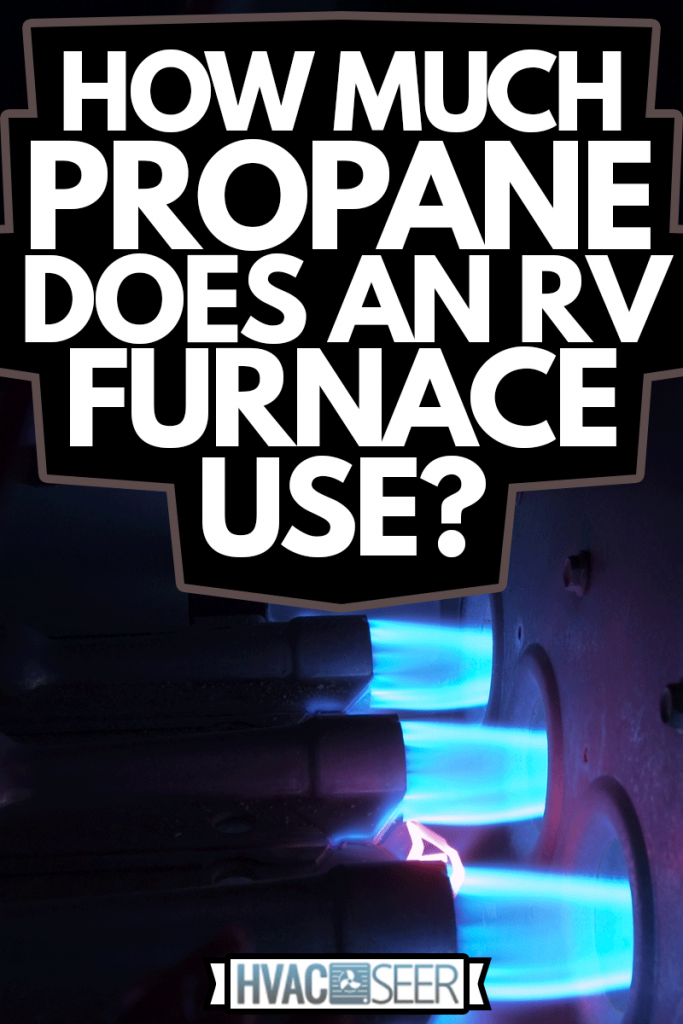
How Much Propane Does An RV Furnace Use?
Below, we consider the size of your propane heater first because it is the most important factor that influences propane requirements. Then, we consider several other issues that influence the runtime and propane use of your propane heater.
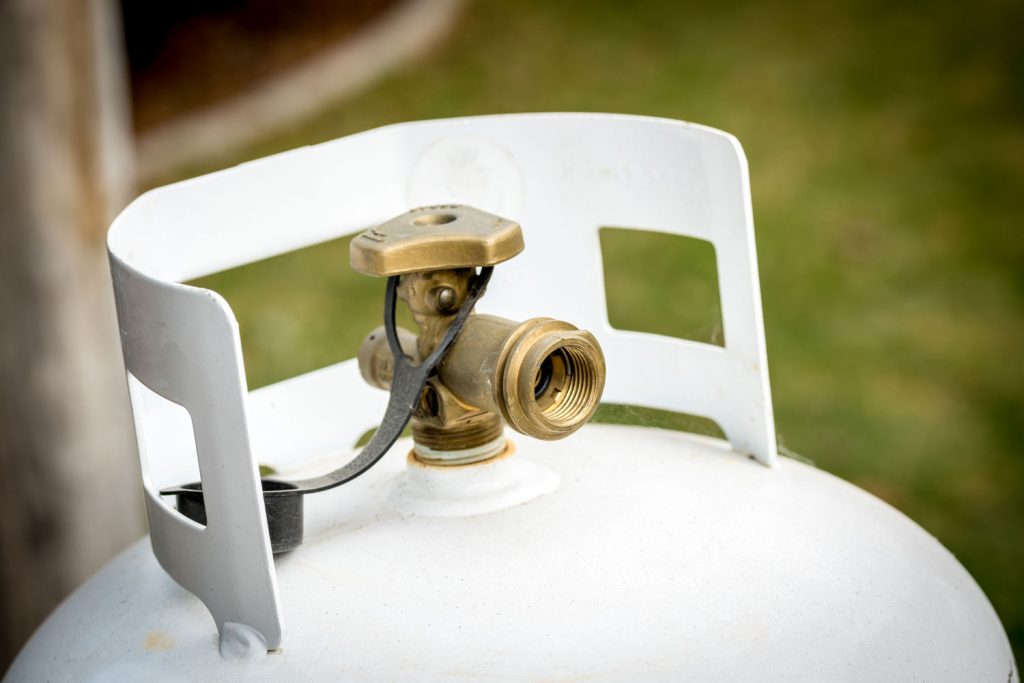
Together, propane size and runtime combine to form the total quantity of propane your RV furnace will use.
Propane Heater Size
Propane heaters are rated based on BTUs per hour input. In fact, British Thermal Units (BTUs) are a very common measure of energy across all heating and cooling applications. According to the US Energy Information Association, one gallon of propane has 91,452 potential BTUs.
To understand how much propane a specific RV furnace uses, we now need to find its BTU per hour input rating. Usually, this number is clearly written on a label that can be found under the heater cover or in the owner's manual.
However, sometimes you may have to look up your heater's BTU input rating by an internet search using the model number or by placing a phone call to the product's manufacturer.
Now we have the specific BTU rating for one gallon of propane and the BTU input for your RV furnace. With this, we can calculate the required gallons of propane for one hour of operation. To do this, we will use the following equation:
Gallons of propane per hour of operation = BTU per hour rating / 91,452 BTUs per gallon of propane
For example, if we have an 18,000 BTU per hour RV furnace, it will use 0.2 gallons of propane over the course of 1 hour of continuous operation.
Runtime
You can use the above equation for any specific RV furnace. However, if you have ever used a furnace, you will know that once turned on, it does not continuously run and instead cycles on and off. Therefore, it is very rare for a furnace to actually run for an hour continuously.
The amount of time that the furnace does run is commonly referred to as runtime. In the following subsections, we consider several factors which influence how long your RV furnace runs.
Thermostat Setting
First and foremost, it is important to consider the thermostat setting of your furnace. RV thermostats function in the same way that home thermostats work. They sense the temperature and, once pre-set thresholds are crossed, tell the furnace to turn on and off.
Thus, the higher your thermostat is set, the more propane your furnace will use. This is because the furnace will have to run longer to bring the RV space up to the desired temperature.
Most RV users monitor their propane use and turn the furnace up or down based on how many total gallons they prefer to use over a given period.
Outside Temperature
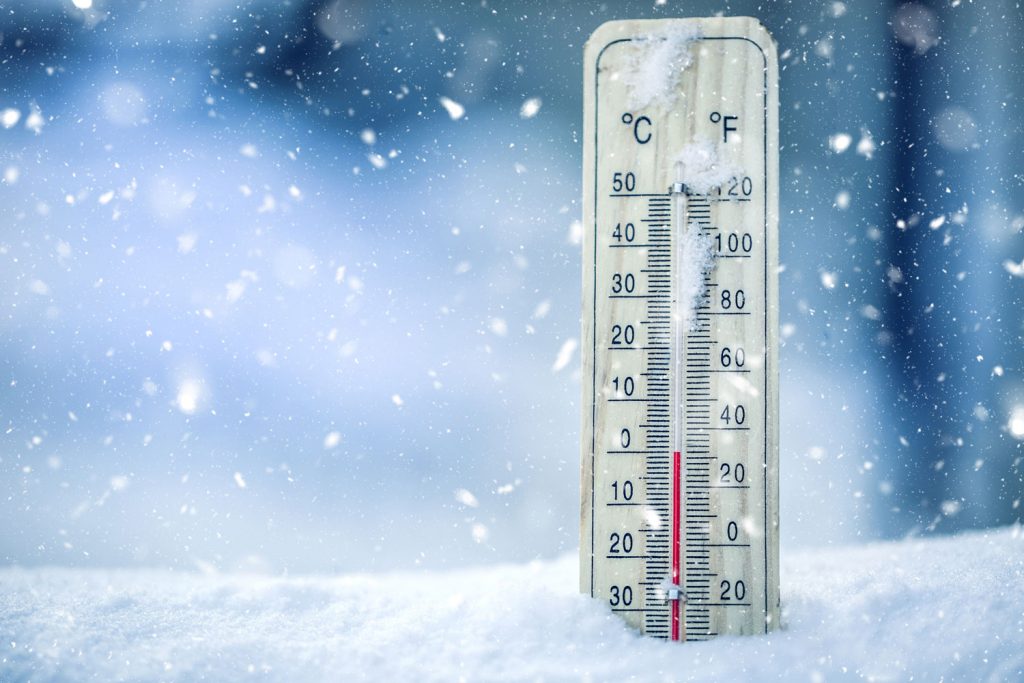
Closely tied with thermostat settings is the outside temperature. For example, if you have your thermostat set to 72 degrees Fahrenheit and it is 30 degrees outside, the furnace will have to work much harder than if it is a relatively balmy 60 degrees outside.
RV Cubic Feet
Next, we consider the size of your RV. Essentially, if your RV is larger, the furnace will have to burn more gallons of propane to bring the space up to temperature. Remember, this not only includes the square footage of the floor but also the height of the ceiling.
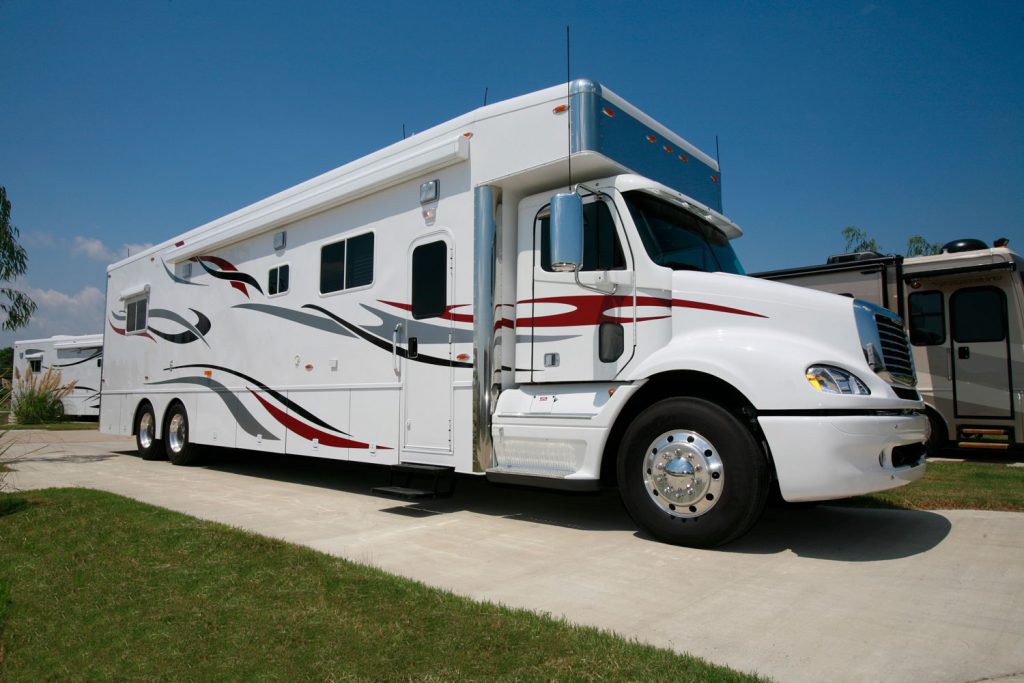
Often, it is possible to "reduce" the cubic feet that your furnace has to heat by closing off unused sections with blankets and other temporary obstructions.
RV Weatherization
Weatherization refers to air sealing and insulation. The better these two features are, the less work your furnace will have to do to keep the RV to temperature.
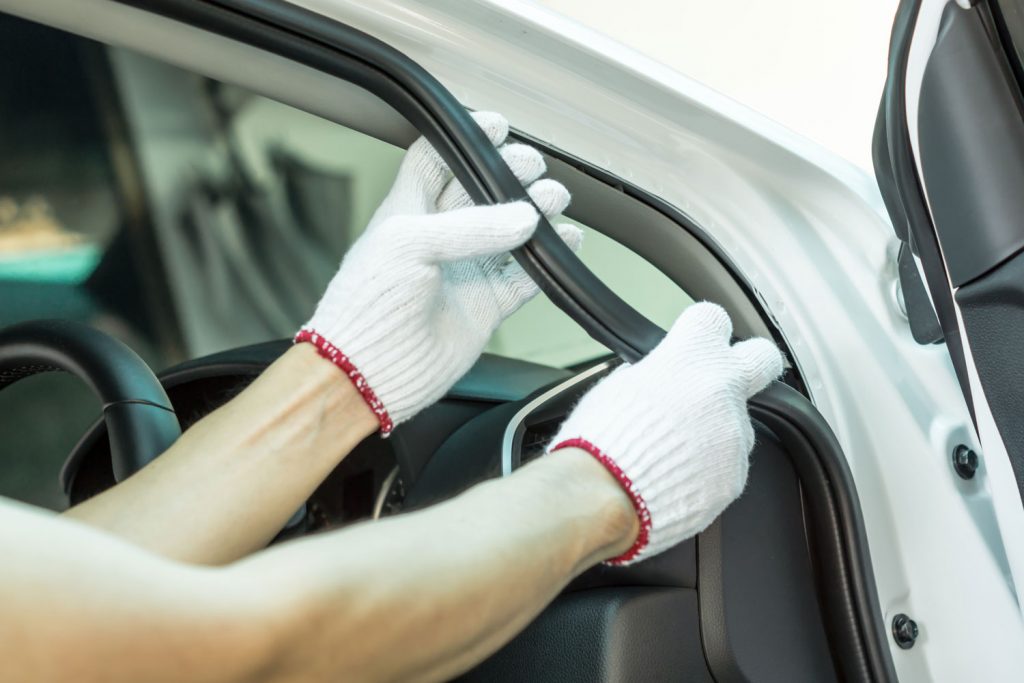
Often, you can improve air sealing by upgrading door and window weatherstripping. Insulation is more difficult to improve but can be done if you can access between the inner and outer layers of your RV shell.
Propane Heater Efficiency
Finally, the efficiency of your furnace plays an important role in how much propane is required to keep the space up to temperature.
Most RV propane furnaces are about 60% efficient. This means that a furnace with a 12,000 BTU per hour input would only output 7,200 BTUs per hour of heat. The rest of the propane and heat is lost in the furnace's exhaust.
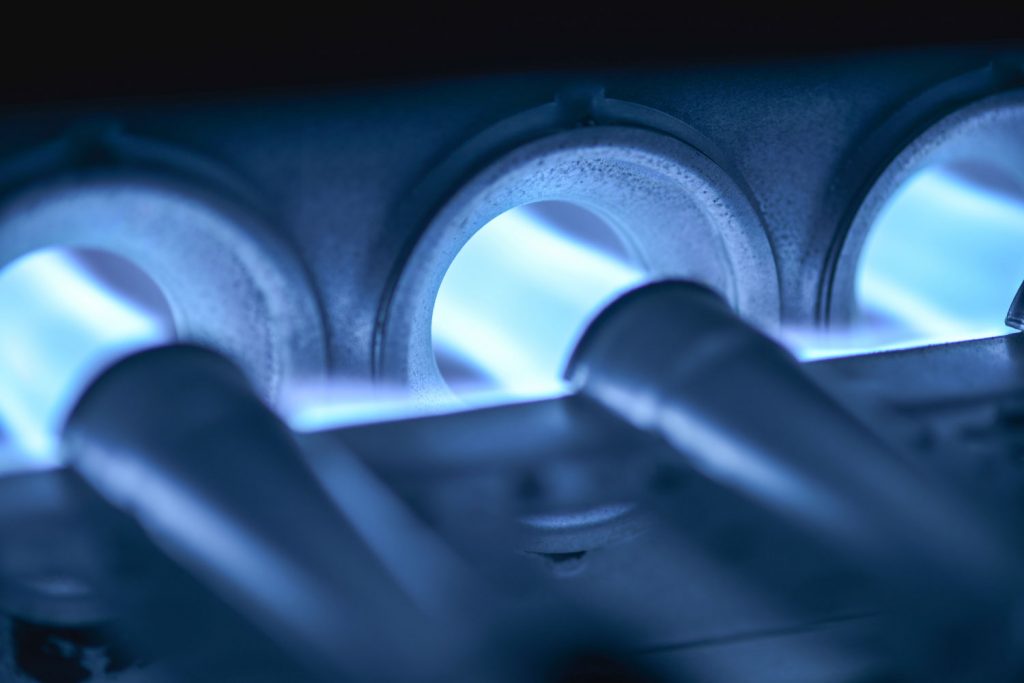
Propane RV furnaces are generally less efficient than their in-home counterparts because of the need to deal with condensation in the confines of an RV. In order to not pump tons of harmful water particles into the RV's air, propane RV furnaces run hot and less efficiently.
It is possible to buy a more efficient RV furnace that has a separate exhaust port just for condensation control. These more efficient furnaces will use relatively less propane when keeping your RV cozy and comfortable.
How long will my RV furnace run on propane?
How long your RV furnace runs on propane depends on the furnace's propane requirements and your tank's size.
For example, if you have a 30,000 BTU per hour furnace, you can expect to use about 1/3 of a gallon of propane per hour of continuous furnace use. Now, if you have a 5-gallon propane tank, you then will be able to run your furnace for about 15 hours non-stop.
That being said, since your furnace's runtime is rarely 100%, you should be able to run your furnace for much longer, except in very cold conditions.
What happens when an RV furnace runs out of propane?
Initially, the RV furnace may stop running or run cold. Running cold means the fan will still spin from the electricity but no heat will be created. Letting an RV propane furnace run when the tank is empty can lead to several issues.
These issues involve tank integrity such as leaks, airlocks, and tank rust. Essentially, the propane tank and lines are designed to always have some propane within the system. If the system is allowed to completely drain, issues arise that may be very costly to fix.
Will my RV furnace work without propane?
No, RV propane furnaces need propane to run. Without the propane, the fan may spin when the thermostat tells the furnace to turn on but no heat will be created.
That being said, there are other types of furnaces such as electric and diesel furnaces that are very commonly installed in RVs.
How much does it cost to fill an RV propane tank?
To calculate the cost of filling your tank, multiply the size of the tank by the cost per gallon of propane. In the United States, propane costs about $2.70 to $5.00 or more per gallon (2022). Therefore, it will cost between $13.50 and $25.00 to fill a 5-gallon propane tank. Larger tanks are more costly.
Take note, most localities have several options for where you can fill up your tank. The service and work of actually filling up the tank are free and all you pay for is the cost of the propane itself.
In Closing
In this post, we answered the question of how much propane an RV furnace uses. This answer considers the many factors that influence the final propane requirements. To conclude, we addressed several related questions. Good luck!
To learn more about heating with propane, read these great HVAC Seer articles:
